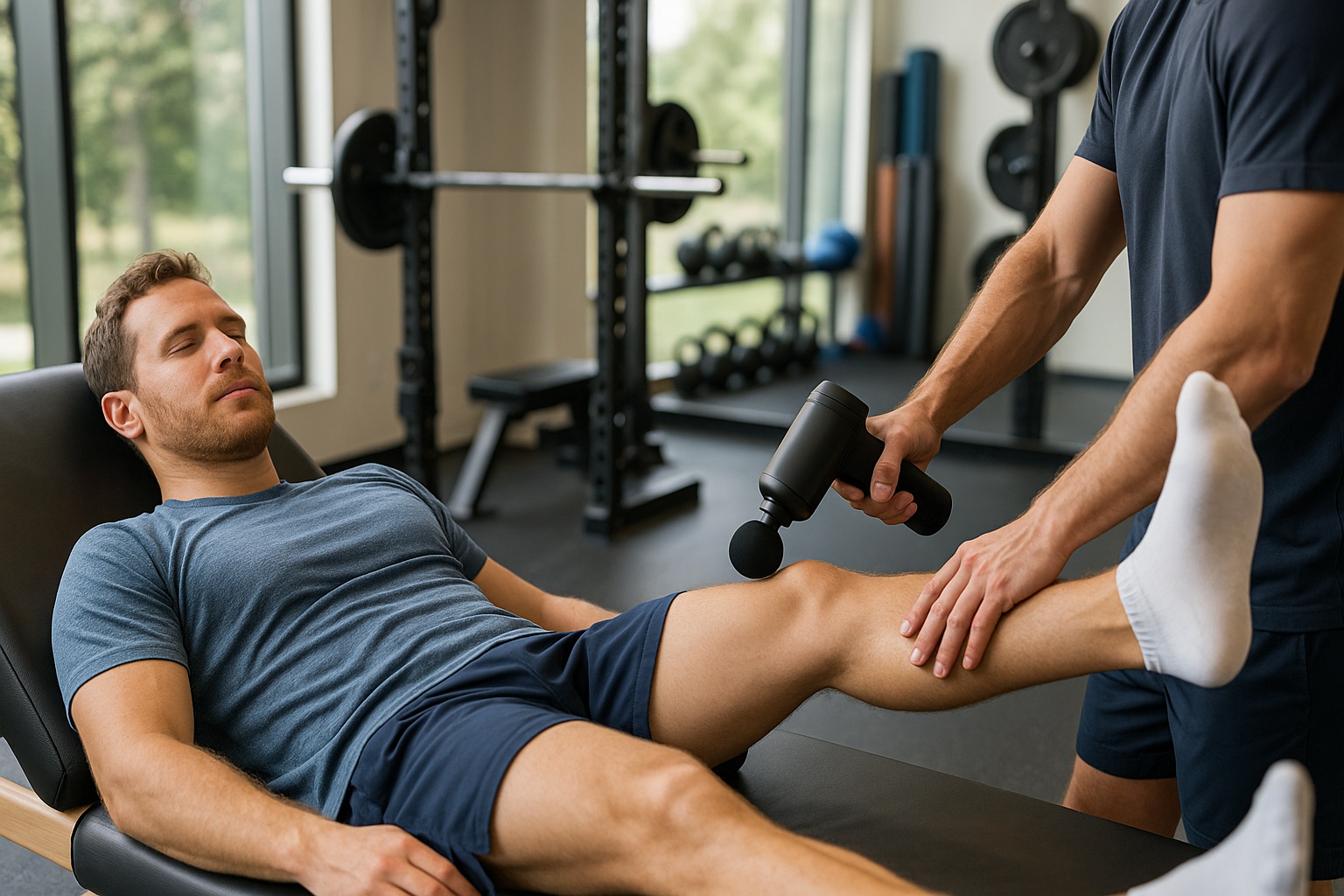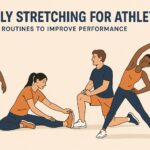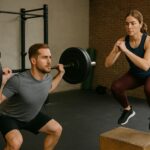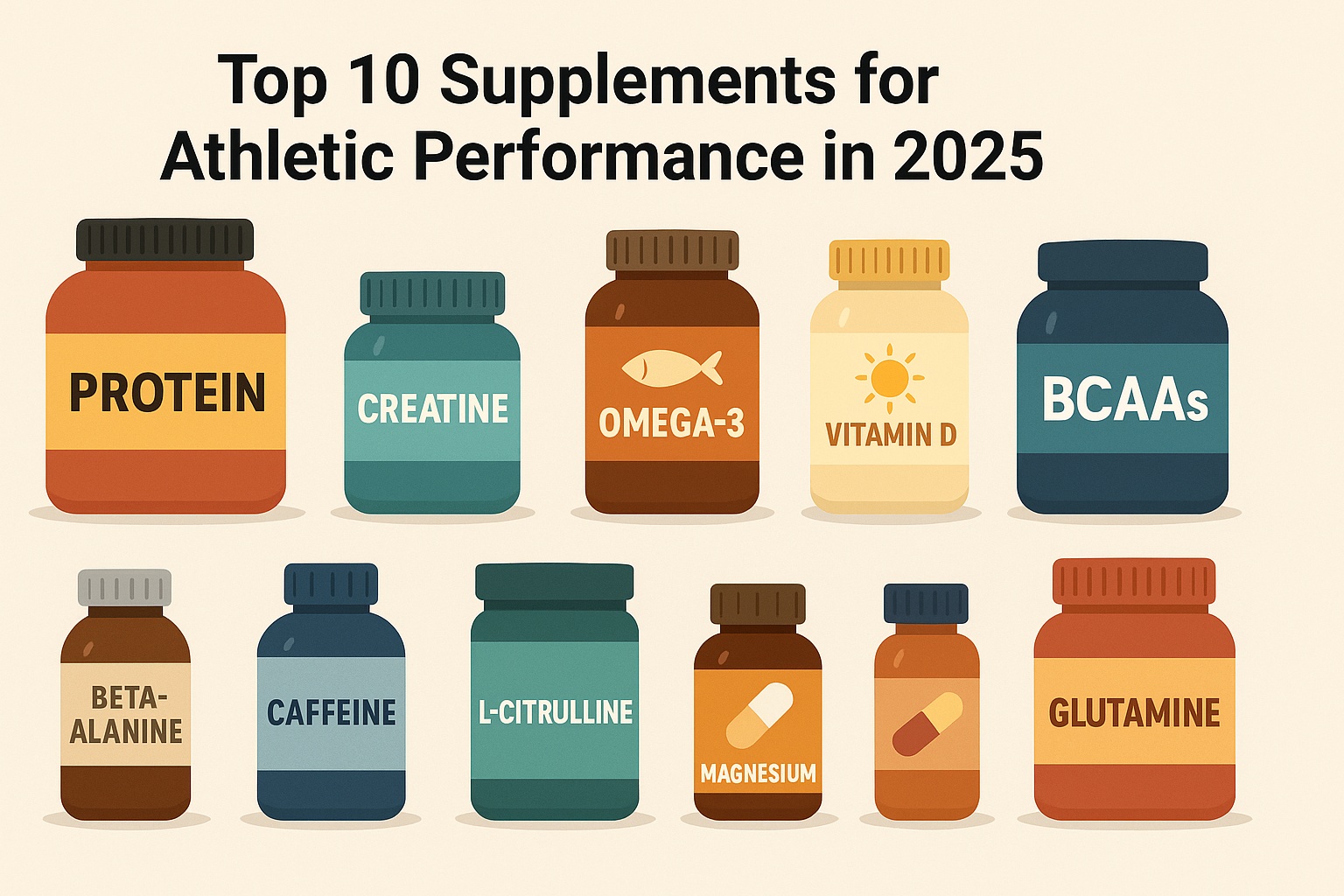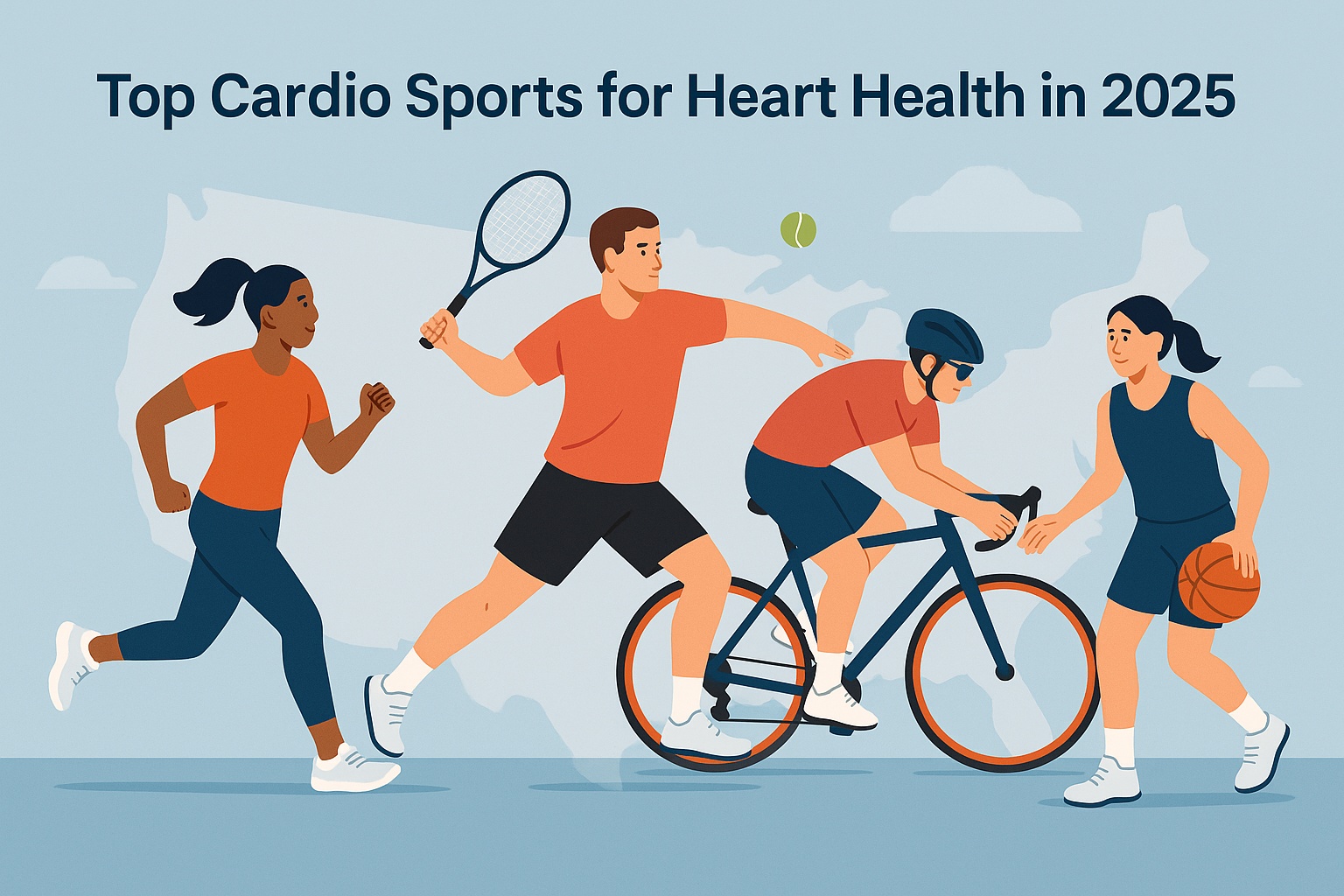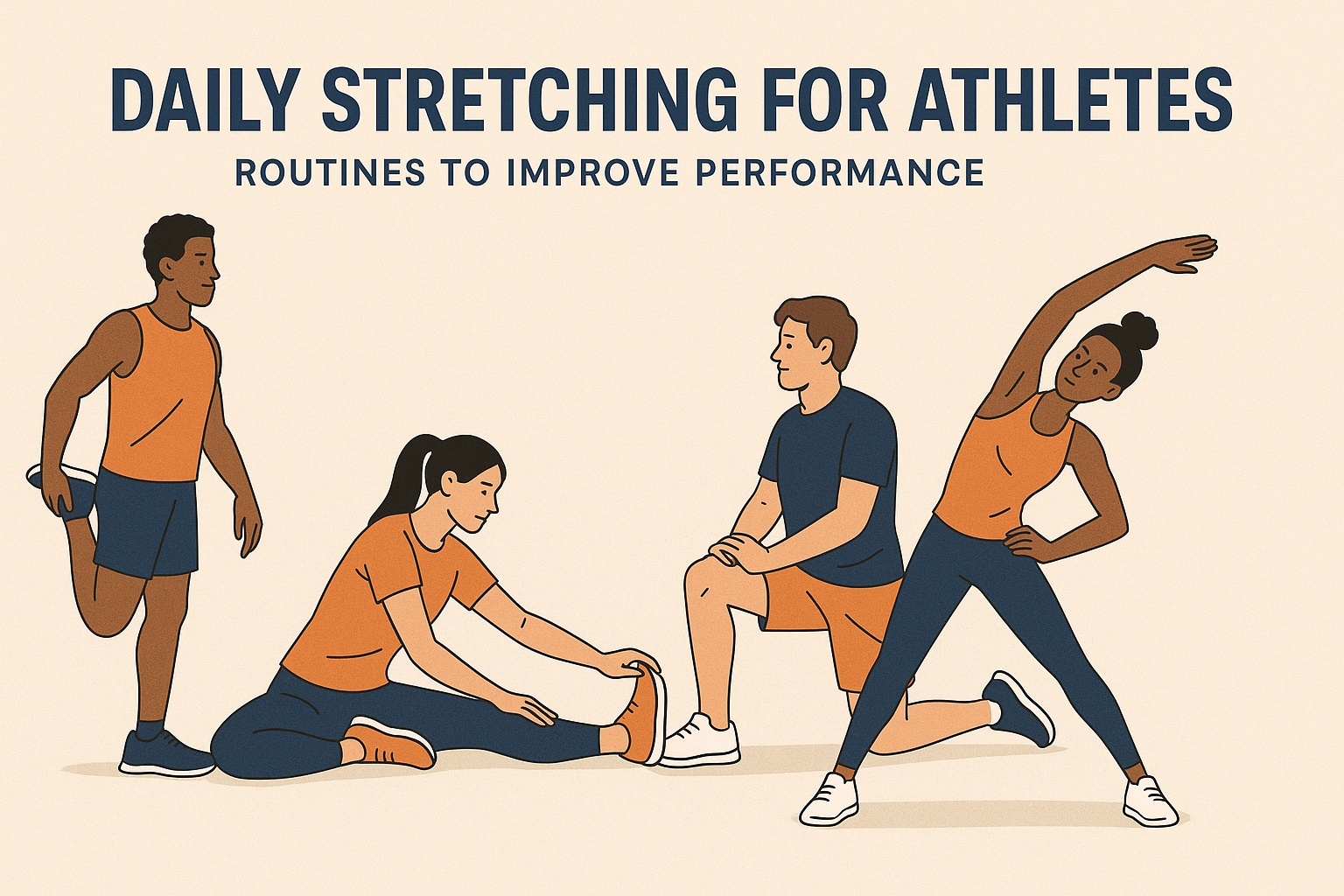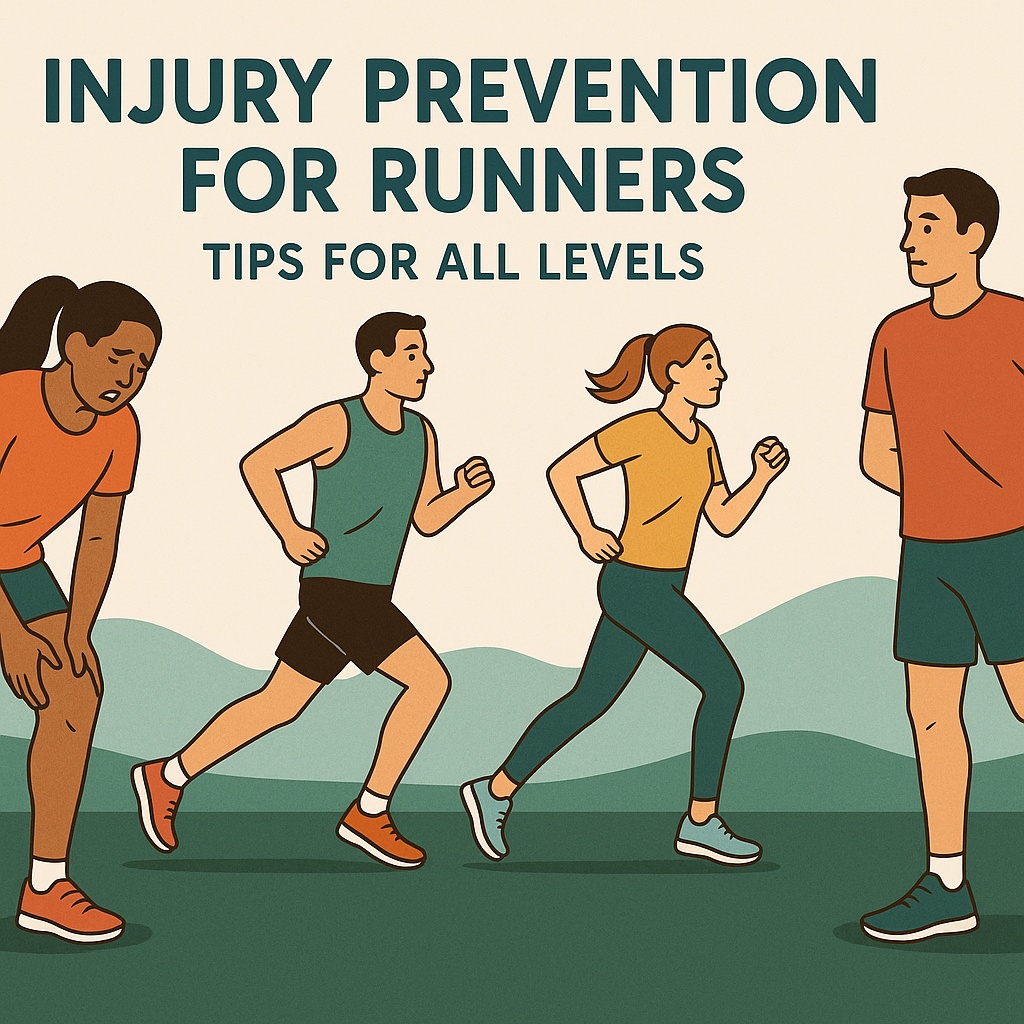Top Athlete Recovery Techniques in 2025: What the Pros Use
In professional sports, performance isn’t just about how hard you train—it’s about how well you recover. Today’s elite athletes rely on proven athlete recovery techniques to reduce fatigue, prevent injuries, and boost performance. Whether you’re a weekend warrior or an aspiring pro, learning these methods can help you train smarter and recover faster.
Why Recovery Is as Important as Training
Recovery allows the body to repair damaged muscle fibers, restore energy stores, and rebuild strength. Without proper recovery, even the best training program can lead to overtraining, injury, and burnout. That’s why top athletes prioritize recovery as much as they do workouts, nutrition, and sleep.
1. Sleep Optimization: The Foundation of Recovery
Sleep is the most natural and powerful recovery tool available. Pro athletes aim for 8–10 hours of quality sleep per night to boost growth hormone release, muscle repair, and cognitive performance. Sleep tracking devices and pre-sleep routines have become essential parts of modern athletic recovery strategies.
2. Active Recovery Workouts
Unlike rest days spent doing nothing, active recovery involves low-intensity movement like walking, cycling, or swimming. These light sessions promote circulation, reduce stiffness, and help flush out lactic acid—making it one of the most sustainable athlete recovery techniques.
3. Cold Water Immersion & Ice Baths
Many athletes swear by cold plunges and ice baths to reduce muscle soreness and inflammation. This technique constricts blood vessels, then increases circulation when the body warms back up. It’s particularly popular after intense competition or heavy lifting sessions.
4. Compression Therapy
Wearing compression sleeves or using pneumatic boots increases blood flow and reduces swelling. NBA players, runners, and cyclists frequently use this method to improve muscle oxygenation and accelerate tissue repair after long or intense activity.
5. Sports Massage and Soft Tissue Therapy
Professional massage therapists work with athletes to relieve muscle tension, break up scar tissue, and increase flexibility. Deep tissue and myofascial release techniques are commonly used post-competition or during tapering periods to enhance recovery outcomes.
6. Nutrition and Hydration Strategies
What you consume post-workout plays a major role in how quickly your body recovers. Top athletes focus on:
- Protein intake (20–40g) to rebuild muscle fibers
- Complex carbs to restore glycogen
- Electrolytes to prevent cramps and fatigue
- Anti-inflammatory foods like berries, turmeric, and omega-3 fats
Proper hydration is equally crucial—dehydration slows down recovery and increases soreness.
7. Foam Rolling and Mobility Work
Foam rollers, massage balls, and stretching routines target tight areas and increase range of motion. These tools help release muscle knots, improve posture, and support better recovery between workouts. Most athletes incorporate foam rolling into their warm-up and cool-down phases.
8. Red Light Therapy and Infrared Saunas
These technologies are trending in 2025 for their cellular recovery benefits. Red light therapy helps reduce inflammation and accelerate tissue healing, while infrared saunas aid in detoxification and circulation without exhausting the body.
9. Breathing Exercises and Mental Recovery
Physical recovery is incomplete without mental recovery. Techniques like box breathing, meditation, and mindfulness reduce cortisol levels and promote relaxation. Athletes who incorporate these strategies report better sleep, less anxiety, and improved focus under pressure.
Pro Tips to Implement Recovery Like a Professional
- Rotate recovery methods to avoid adaptation and overuse
- Track recovery using tools like WHOOP or Garmin metrics
- Schedule recovery into your training plan—not as an afterthought
- Prioritize sleep and hydration daily
- Use recovery days for skill work, yoga, or mobility
Comparison Chart: Popular Athlete Recovery Techniques
| Technique | Main Benefit | Best For |
|---|---|---|
| Sleep Optimization | Cell repair, hormonal balance | Every athlete |
| Ice Baths | Inflammation reduction | Post-competition recovery |
| Compression Gear | Blood flow enhancement | Endurance athletes |
| Sports Massage | Muscle tension relief | Strength & power sports |
| Foam Rolling | Improved flexibility | All training types |
| Red Light Therapy | Accelerated healing | Recovery optimization |
Conclusion: Level Up with Pro Athlete Recovery Techniques
Adopting proven athlete recovery techniques can dramatically improve your performance, reduce injury risk, and enhance your long-term health. Whether it’s improving your sleep, experimenting with cold plunges, or upgrading your post-workout meals, these pro-level strategies are now more accessible than ever. Start with what fits your routine—and build recovery into your lifestyle like the champions do.
